
We are Engineers
At NAUTILUS DYNAMICS, we are proud to be engineers. As a team of highly skilled and qualified professionals, we are dedicated to using our expertise to solve complex problems and create innovative solutions.
Engineering is a field that requires a combination of technical knowledge, creativity, and problem-solving skills. We bring all of these qualities to the table, working tirelessly to deliver the best possible results for our clients.
Whether we are designing a new product, developing a custom solution, or solving a complex engineering challenge, we are always up for the task. We are constantly learning and staying up-to-date on the latest technologies and techniques, which allows us to provide the highest level of service to our clients.
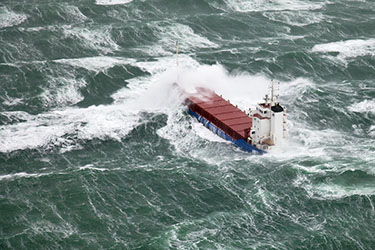
Sea-keeping,
Rad-Diff
Hydrodynamic sea-keeping analysis is the study of the movement and behavior of offshore structures in the water, taking into account factors such as wave height, period, and direction, as well as wind speed and direction. This type of analysis helps to ensure the safety and stability of offshore structures by predicting their response to various environmental conditions.
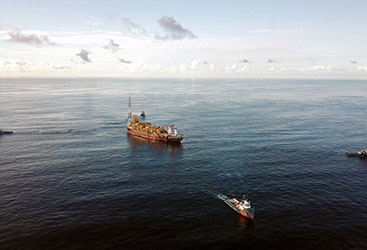
Station-keeping
Hydrodynamic station-keeping analysis is the study of the ability of offshore structures such as oil rigs, FPSOs, and wind turbines to maintain their position in the marine environment. This type of analysis involves evaluating the response of the structure to external forces such as currents, waves, and wind, and making recommendations for design improvements or operational changes to ensure stability and reliability.
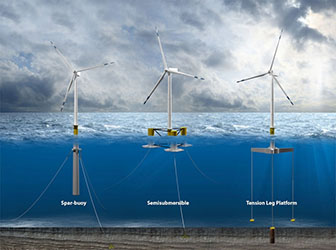
Mooring, anchoring design
Mooring analysis and anchoring design is the study of the systems and equipment used to secure offshore structures to the seabed. These analyses involve evaluating the forces acting on the structure and designing appropriate mooring and anchoring systems to withstand these forces and maintain the structure's position. This is typically done through the use of advanced computer modeling and simulation techniques.
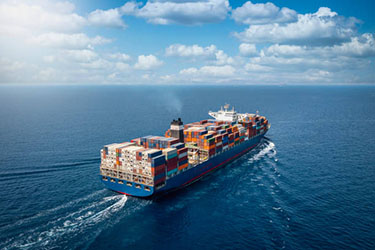
Loads & Motion Study
Loads, acceleration and motion studies involve the analysis of the movement and dynamic behavior of analysed unit at sea. This type of study helps to understand the response of the vessel to various environmental conditions, including wave height, period. The results of loads, acceleration and motion studies can be used to inform design decisions like equipment selection and improve the stability and performance of offshore structures.
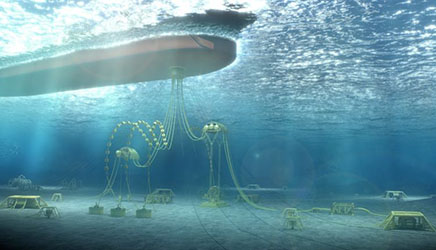
SURF Configuration
Subsea Umbilicals, Risers and Flowlines (SURF) design involves the engineering of bonded or unbonded pipes that are used to convey fluids or gases from the seabed to the surface. This type of design requires careful consideration of factors such as fluid type, flow rate, temperature, and pressure, as well as environmental conditions such as currents and waves in both fatigue and extreme conditions. The goal of SURF design is to create a system that is safe, reliable, and efficient for the intended application.

Inter Array Cables
Inter-array cable design involves the engineering of cables used to connect offshore structures such as wind turbines within an offshore wind farm. This type of design takes into account both static and dynamic factors, including material properties, load-carrying capacity, and fatigue resistance. The objective of inter-array cable design is to create a reliable, efficient system that can safely withstand the expected load and environmental conditions over its entire length, whether it is a static or dynamic section.
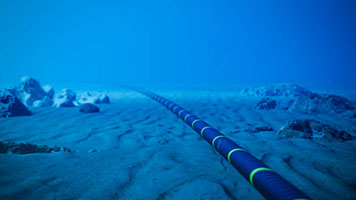
On-bottom stability
Pipeline and cable on-bottom stability assessment involves the evaluation of the stability and integrity of underwater pipelines and cables when they are in contact with the seabed. This type of assessment takes into account factors such as soil type, seabed slope, and external loads, and is used to ensure that the pipelines and cables are able to withstand the forces acting on them and remain in place. On-bottom stability assessment is an important aspect of the design and operation of underwater pipelines and cables.
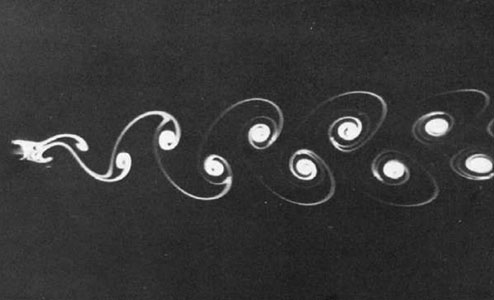
Vortex-Induced-Vibration
Vortex-induced vibrations assessment in subsea design involves the evaluation of the potential for vortex-induced vibrations (VIV) in underwater structures such as pipelines and cables. VIV can occur when a fluid flow over a structure generates a vortex shedding pattern that causes the structure to vibrate. This type of assessment helps to understand the potential for VIV and identify any potential issues like interferences with other equipements like other anchoring lines, risers, umbilicals or structures.

Lifting and Overboarding
Analysis of subsea lifting and overboarding operations involves the evaluation of the equipment and procedures used to install underwater structures. This type of analysis focuses on the feasability, the safety and the efficiency of the lifting and overboarding operations, and takes into account factors such as load capacity, structural integrity, and environmental conditions. The goal of installation analysis is to ensure that the operations are safe and successful, and that the structure is properly installed and ready for use.
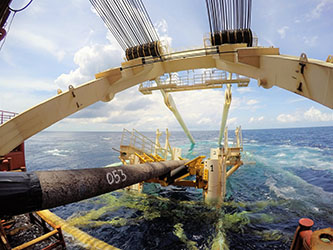
Laying, Hook-up and Recovery
Cable and pipe laying, as well as mooring line hook-up, involves the installation and connection of underwater structures for offshore energy production and other applications. These operations require a thorough understanding of the engineering principles and techniques involved, including the use of specialized equipment and techniques such as reel systems, spoolers, and tensioners. Our team of engineers has the expertise and experience necessary to ensure the safety, efficiency, and success of your cable and pipe laying and mooring line hook-up offshore operations.

Towing and Berthing
Towing and berthing operations involve the careful planning and execution of the movement and docking of ships and other marine vessels. These operations require a thorough understanding of the engineering principles and techniques involved, including the use of tugboats, mooring lines, and other specialized equipment. Our team of engineers has the expertise and experience necessary to ensure the safety, efficiency, and success of your towing and berthing operations, no matter the size or complexity of the vessel.
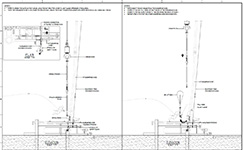
Drawings & Story Board
Drafting and storyboarding offshore marine operations involves the creation of detailed plans and visual representations of the steps involved in the execution of an offshore marine operation. This process involves the identification and analysis of key tasks, resources, and risks, and the development of a clear and coherent plan for the successful execution of the operation. Drafting and storyboarding is an important step in the overall planning and execution of offshore marine operations, helping to ensure safety, efficiency, and success.

Vessel Stability
Vessel stability intact and damaged calculation involves the evaluation of a vessel's stability under different conditions, including both intact (normal) and damaged (emergency) scenarios. This process involves the analysis of factors such as the vessel's dimensions, weight distribution, and hydrostatic properties, as well as the impact of external forces such as wind and waves. The goal of vessel stability calculation is to ensure the safety and stability of the vessel, both under all conditions.

Interfacing disciplines
Nautilus Dynamics is able to offer our clients the convenience of having all interfacing disciplines managed internally when needed. Our team of experts is able to handle all aspects of a project, from planning and design to execution and follow-up, ensuring smooth coordination and successful delivery. By managing all interfacing disciplines like structure, piping, process, installation methods, construction, geotechnic in-house, we provide a comprehensive solution for our clients' engineering needs.

Package Engineering
Package engineering and manufacturer follow-up involves the ongoing management and coordination of a package of engineering work or hardware, ensuring compliance with international standards and industry practices. This process involves the monitoring of progress, budgets, and timelines, as well as the identification and resolution of any issues that may arise. Our team of engineers has the expertise and experience necessary to provide effective package engineering and manufacturer follow-up services, ensuring the timely and successful delivery of your projects.
